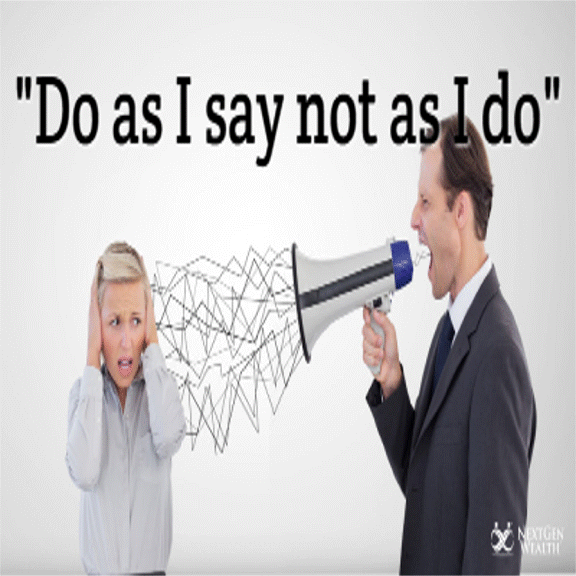Do As We Say, Not As We Do
For as long as I can remember, education has been accused of being stuck in the stone age and resistant to change. You can’t spend a day on the socials without someone lamenting that schools haven’t adapted to the new world and still operate like 20th-century factories. One way out of our morass, these critics say, is for education to work more like medicine. We should be more scientific, and only do things that have been proven effective through rigorous research.
As teachers, we’ve been inundated with this message. A cottage industry has grown up around studying and reporting on what works in education. Whole libraries have been written. Our evaluations are mostly based on whether and how well we implement research-based practices in our classrooms, with principals ticking them off on checklists. It’s no longer acceptable to use the instructional methods our teachers used with us. Professional development focuses on recent research. Educators shame each other on Twitter over what they perceive to be dated and harmful teaching methods. My school has a poster of John Hattie’s effect sizes hanging – of all places – in the teachers’ lounge; we can’t even escape the guy when we’re eating. There’s a What Works Clearinghouse and the Education Endowment Foundation Toolkit, two resources whose sole purpose is to provide educators with evidence of effective practices.
The message is clear: Teachers make a big difference, and it’s what CONTINUE READING: Do As We Say, Not As We Do - Teacher Habits

